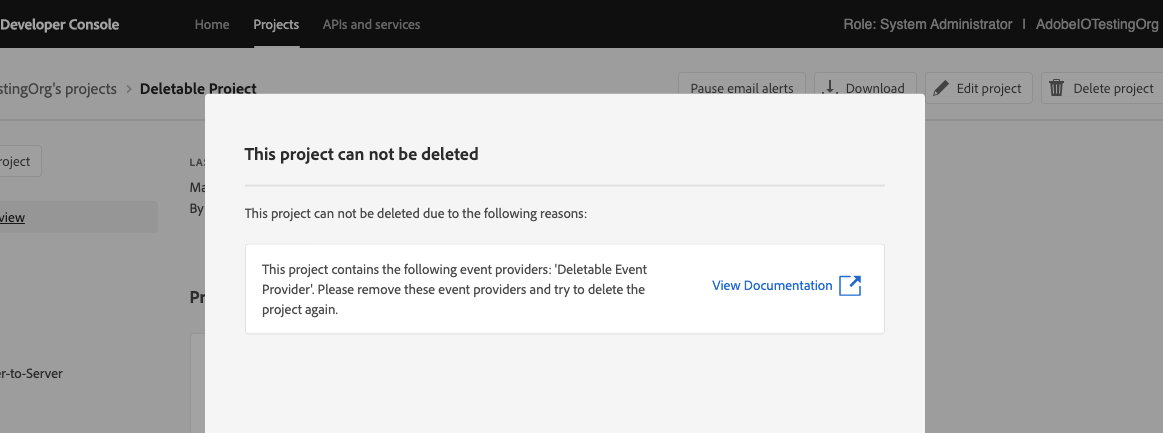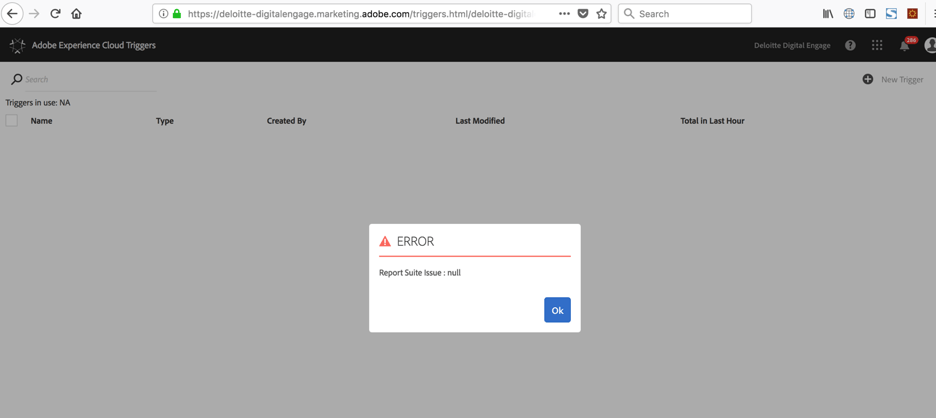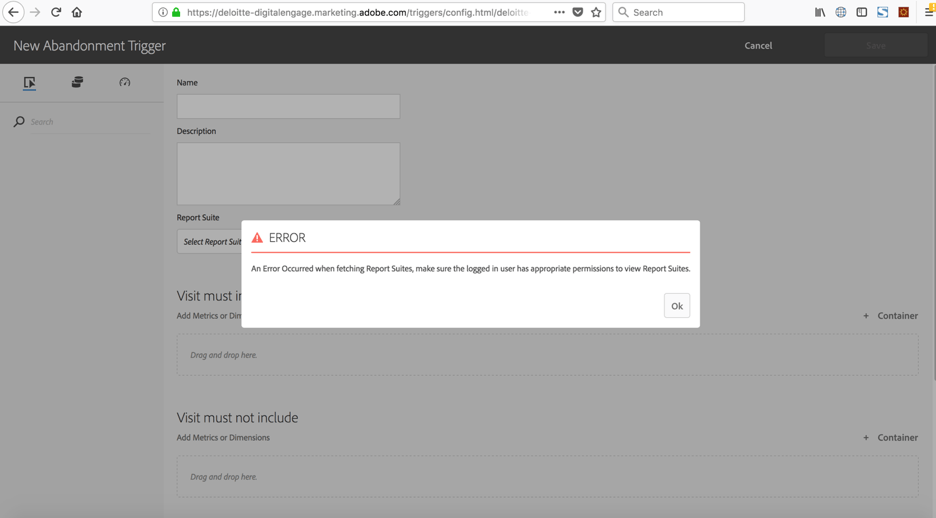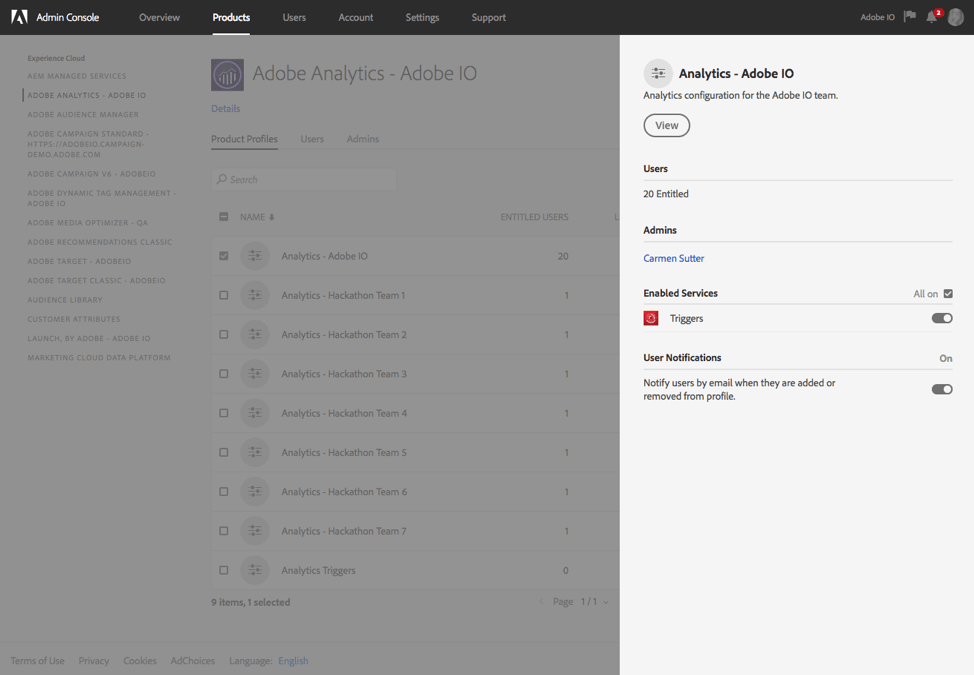Adobe I/O Events Frequently Asked Questions (FAQ)
General questions
Which events are currently supported by Adobe I/O Events?
We are adding new events providers regularly, at the time of writing, the following Adobe solutions are supported via I/O Events:
Creative Cloud Assets (deprecated)
Creative Cloud Libraries (replacing the above)
Imaging API
Adobe XD
Adobe Document Cloud
Asset Compute
Adobe Campaign Standard
You can also register your own Custom Events Provider
What is the guarantee of events delivery?
Adobe I/O Events provides durable delivery. It delivers each event at least once for each registration.
If the webhook endpoint doesn't acknowledge receipt of an event, Adobe I/O Events retries the delivery of the event (see the webhook FAQ section below).
Note that Adobe I/O Events:
- Currently doesn't guarantee the order of events delivery, so subscribers may receive them out of order (this applies to our Journaling API as well).
- May send the same events more than once.
- Is adding a unique event uuid in the event payload.
- Is passing the same uuid in the
x-adobe-event-idheader of the webhook request.
Do you guarantee the order of events delivery?
No, see the paragraph above for details.
What permissions are required to use I/O Events?
The various required permissions and entitlements vary according to the events provider, (see the list above) some are opened to all Adobe customers, others to enterprise developers or administrators only. Some of these events providers will require licensing, while others will be available to all. Please reach out to your Adobe account manager for licensing related questions.
Which subscription types do I/O Events support?
I/O Events supports webhooks for near-real time notifications (push) as well as a Journaling API (pull) to grab groups of events at a time.
What should I do if I am unable to delete a project because of a conflicting provider?
If while deleting a project in developer console, you get an error as shown in the screenshot below, it means that you created an event provider associated with the same workspace, and until you delete that event provider you cannot go ahead with the project deletion.

If you are sure that the event provider can be deleted, then follow the steps documented below to remove the conflicting event provider:
- Select Project overview in the left-side links menu.
- Click on the "Download" button from the top menu on the right to download the project metadata json file. Open the downloaded json file with your favorite editor, and make note of the following:
- Your consumer organization id (at
project.org.id) - Your project id (at
project.id) - Your workspace id (at
project.workspace.id)
- Your consumer organization id (at
- Using the provider API, fetch your I/O Events providers entitled to the provided organization id, using the consumer organization id noted from above.
- Find the conflicting provider against your workspace id (found at
project.workspace.idfrom the project json file) from the provider API response, and make a note of the providerid. - Delete the provider via the provider API, using the ids noted in above steps.
- Repeat the above steps for all conflicting event providers and try deleting the project again. Your project deletion should now go through successfully.
Webhook FAQ
What happens if my webhook is down? Why is my event registration marked as Unstable?
If Adobe I/O Events fails to receive a successful response code from your webhook within 10 seconds, it retries the request, including a special header x-adobe-retry-count. This header indicates how many times the delivery of an event or a batch of events has been attempted.
Please note that if an event delivery fails with a response status code of 400 Bad Request or 505 HTTP Version Not Supported, then those events are not retried.
Adobe I/O Events will keep on retrying delivery to your webhook for 24 hours using exponential and fixed backoff strategies. The first retry is attempted after 1 minute and the period between retries doubles after each attempt, but is at most 15 minutes (see below table outlining the retry pattern).
| Retry Attempt | 1 | 2 | 3 | 4 | 5 | 6 | 7 | ... |
|---|---|---|---|---|---|---|---|---|
Retry After Interval | 1m | 2m | 4m | 8m | 15m | 15m | 15m | ... |
Please note that above retry intervals are not guaranteed and may vary in few exception scenarios.
If an event isn't delivered after 2 hours of retries, Adobe I/O Events marks the event registration as Unstable, but still keeps on attempting delivery. This gives you sufficient time to restore your webhook, and avoid it from getting marked as Disabled. Once restored, it will be marked as Active on the next successful event delivery.
If all retry attempts get exhausted and the event still isn't delivered (webhook not responding or responding with a non 2XX response), Adobe I/O Events drops the events, marks the event registration as Disabled, and stops sending any further events.
Note: You can then use the Journaling API to retrieve events that were published while your webhook was down. Once your webhook gets restored, you can re-enable your event registration (see the question below).
How can I re-enable my event registration (disabled after a downtime)? How can I retrieve the events I missed?
To restart the flow of requests, fix the problem preventing your webhook from responding. Then, log into the Adobe Developer Console and edit your event registration. This re-triggers a webhook challenge request, and eventually a re-activation of your event registration.
While your event registration is marked Disabled, Adobe will continue to log events in your Journal, allowing you to retrieve all events for the past 7 days (see our Journaling documentation).
What happens if my webhook is unable to handle a specific event but handles all other events gracefully?
If an event delivery fails with a status code of 400 Bad Request or 505 HTTP Version Not Supported, then those events are not retried.
For all other cases, we will continue to retry the event delivery for 24 hours, but if all retry attempts get exhausted and the event still isn't delivered, then the event will be dropped. However, do note that the event registration will remain as Active and shall continue to process events.
Does every Adobe I/O Events webhook HTTP request come with a signature?
Yes, to allow your webhook to reject forged requests, Adobe I/O Events adds a x-adobe-signature header to every single HTTP request it makes to your webhook URL (even the first challenge GET request).
Do Adobe I/O Events notifications come from a range of static IPs?
We had a few customers asking this in the context of securing their endpoint; their requirement: accepting traffic only from a range of static IPs.
The answer is no. Adobe I/O Events notifications services are hosted on AWS and Azure, their IPs change over time.
Reminder: Each Adobe I/O Events HTTP request holds a signature header (see the previous question), however if this is not enough and if the above is a non-negotiable requirement, you may choose to use the pull model instead, and leverage our Journaling API.
What is the size of notifications when in batch delivery style?
When registering a webhook to receive Adobe I/O Events notifications, you can select the delivery style:
- Either receiving one event at a time ("Single"): each event resulting in an HTTP request to the webhook URL.
- Or multiple events together ("Batch"): in this case, HTTP requests will still remain near-real time, the batch size will vary depending on the incoming traffic and the batch size will be at max 2MB bytes and will contain a maximum of 20 events.
How to debug and see logs for successful invocations to my runtime_action (configured as webhook)
To improve the debugging experience for successful invocations, user can relay the activation_id of
his target user action as a new response header (for example, you can use this header x-target-action-activation-id)
from that action itself.
So, even without enabling the x-ow-extra-logging=on header and impacting runtime performance,
user can get hold of the successful activation via the debug tracing on Developer Console.
Journaling FAQ
How far back are I/O Events available via the Journaling API?
Adobe I/O stores 7 days of subscribed events that can be retrieved via the Journaling API.
Why do I only get one event, irrespective of the limit I use?
Our Journaling API limit parameter is used to specify the “maximum” number of events that may be returned by the API.
It is used to specify an upper bound to the number of events to ensure that the consumer can handle the response gracefully. The behavior you observe is expected.
It is perfectly ok to get 1 event when you specify a limit greater than 1.
The number of events that gets returned in a response can vary depending on the incoming traffic (upper bound being equal to the limit parameter).
See our Journaling API documentation for more details.
Is there a way to get the list of events all together at once?
No, this query is not supported in our journaling API, however, using the since parameter you can follow the journal rel=next Link response header till the end.
Custom Events FAQ
I created a Custom Events Provider, why is it not showing up in the Adobe Developer Console?
If you successfully create a Custom Events Provider using our Provider API, it will only appear in the Adobe Developer Console once you create at least one Event Metadata associated with it.
Once associated with its Event Metadata, your Custom Events Provider will be ready to be used:
- It will appear in your (refreshed)
Adobe Developer Consoleproject. - You will be able to register against it.
- And to start emitting events on its behalf use our Events Publishing API.
Does Custom Events Provider support High Volume ? Do you have a throttling policy in place ?
We do have a throttling policy in place, read our Events Publishing API guide for more details. However, if you have a high volume use-case in mind, contact us, we'd love to hear about it and discuss how we could accommodate it.
JWT FAQ
What is JWT and what is it used for?
JSON Web Token (JWT) is an open standard (RFC 7519) that defines a compact and self-contained way for securely transmitting information between parties as a JSON object. For more information on JSON Web Tokens, see Introduction to JSON Web Tokens on JWT.io.
To establish a secure service-to-service session with the Adobe I/O Events API, you must create a JSON Web Token (JWT) that encapsulates the identity of your integration, and then exchange it for an access token.
Every request to an Adobe I/O Events API must then include this (JWT exchange originated) access token in the Authorization header, along with the API Key that was generated when you created the Service Account Integration in the Adobe Developer Console (see our JWT Service Account Authentication documentation for more details).
Note that you should pay special attention to your JWT Metascopes describing the set of authorization scopes you want to claim with this jwt token (see next question for details)
What are the metascopes my JWT token should claim? What are the access token authorization scopes expected by Adobe I/O Events APIs?
- Our AEM connector leverages an API that requires your access token to hold a
event_receiver_apiscope; for this you need to add theI/O EventsAPI in yourAdobe Developer Consoleworkspace adding/s/event_receiver_apimetascope to your JWT claim (see the AEM console setup documentation) - For all the other
Adobe I/O EventsAPIs, they require your access token to hold aadobeio_apiscope coming with theI/O Management API, adding as/ent_adobeio_sdkmetascope to the JWT claim.
Where can I find more documentation on JWT Service accounts and how to set them up?
See our JWT (Service Account) Authentication documentation.
Do you have sample libraries for JWT?
Yes:
- Python: https://pyjwt.readthedocs.io/en/latest/
- .Net: https://github.com/jwt-dotnet/jwt
- Java: https://github.com/jwtk/jjwt
- Objective C: https://github.com/yourkarma/JWT
- Node.js: https://github.com/auth0/node-jsonwebtoken
- Node.js: https://www.npmjs.com/package/jsonwebtoken
- Node.js: https://www.npmjs.com/package/jwt-simple
- JavaScript tutorial: - https://www.jonathan-petitcolas.com/2014/11/27/creating-json-web-token-in-javascript.html
- Javascript: http://kjur.github.io/jsrsasign/
Analytics Triggers Events
Where can I find instructions on setting up Analytics Triggers for I/O?
You'll find it in this guide at Integrate Analytics Triggers with Adobe I/O Events.
Where do I configure Analytics Triggers for I/O?
Analytics Triggers are set up and managed via the Experience Cloud Activation UI. Once a Trigger has been created, it will appear in the Adobe Developer Console under the available I/O Events list.
What does an Analytics Triggers payload look like?
Here is a sample:
Copied to your clipboard{"event_id": "52ebf673-8aeb-4347-8852-bf86a18292e4","event": {"envelopeType": "DATA","partition": 13,"offset": 438465548,"createTime": 1516324157242,"topic": "triggers","com.adobe.mcloud.pipeline.pipelineMessage": {"header": {"messageType": "TRIGGER","source": "triggers","sentTime": 1516324157228,"imsOrg": "C74F69D7594880280A495D09@AdobeOrg","properties": [{"name": "trace","value": "false"},{"name": "sourceFirstTimestamp","value": "1516324106"},{"name": "sourceLastTimestamp","value": "1516324128"},{"name": "triggerFiredTimestamp","value": "1516324153995"}],"messageId": "1a69fc40-7600-4928-b7bb-d66588a045f3"},"com.adobe.mcloud.protocol.trigger": {"triggerId": "697514a8-3337-4efc-ba75-1f0ba896c288","triggerTimestamp": 1516324157228,"mcId": "00000000000000000000000000000000000000","enrichments": {"analyticsHitSummary": {"dimensions": {"eVar3": {"type": "string","data": ["localhost:4502/content/we-retail.html","localhost:4502/content/we-retail/us/en/men.html","localhost:4502/content/we-retail.html","localhost:4502/content/we-retail/us/en.html","localhost:4502/content/we-retail/us/en.html","localhost:4502/content/we-retail/us/en/products/men/shirts/eton-short-sleeve-shirt.html","localhost:4502/content/we-retail/us/en/products/men/shirts/eton-short-sleeve-shirt.html","localhost:4502/content/we-retail/us/en/men.html","localhost:4502/content/we-retail/us/en/user/cart.html"],"name": "eVar3","source": "session summary"},"pageURL": {"type": "string","data": ["http://localhost:4502/content/we-retail.html","","","http://localhost:4502/content/we-retail/us/en.html","","","http://localhost:4502/content/we-retail/us/en/products/men/shirts/eton-short-sleeve-shirt.html","http://localhost:4502/content/we-retail/us/en/men.html","http://localhost:4502/content/we-retail/us/en/user/cart.html"],"name": "pageURL","source": "session summary"}},"products": {}}},"triggerPath": [{"timestamp": 1516324118010,"stateId": "start_and_and","transition": "null"},{"timestamp": 1516324148711,"stateId": "vmi_and_1","transition": "conditional -> select * where evars.evars.eVar3 like 'localhost:4502/content/we-retail/us/en/user/cart.html'"},{"timestamp": 1516324148711,"stateId": "notify_wait","transition": "states visited -> [StateVisitedNode [stateId=vmi_and_1, count=1, operator=GE]]"},{"timestamp": 1516324153994,"stateId": "notify","transition": "inactive_timeout -> 5"}]}}}
I receive errors trying to access Triggers.
The company/org is entitled for Analytics Triggers but I receive the following errors when trying to set up a Trigger:


To fix: Ensure that Triggers is enabled in the Analytics Product Profile in the Admin Console.




